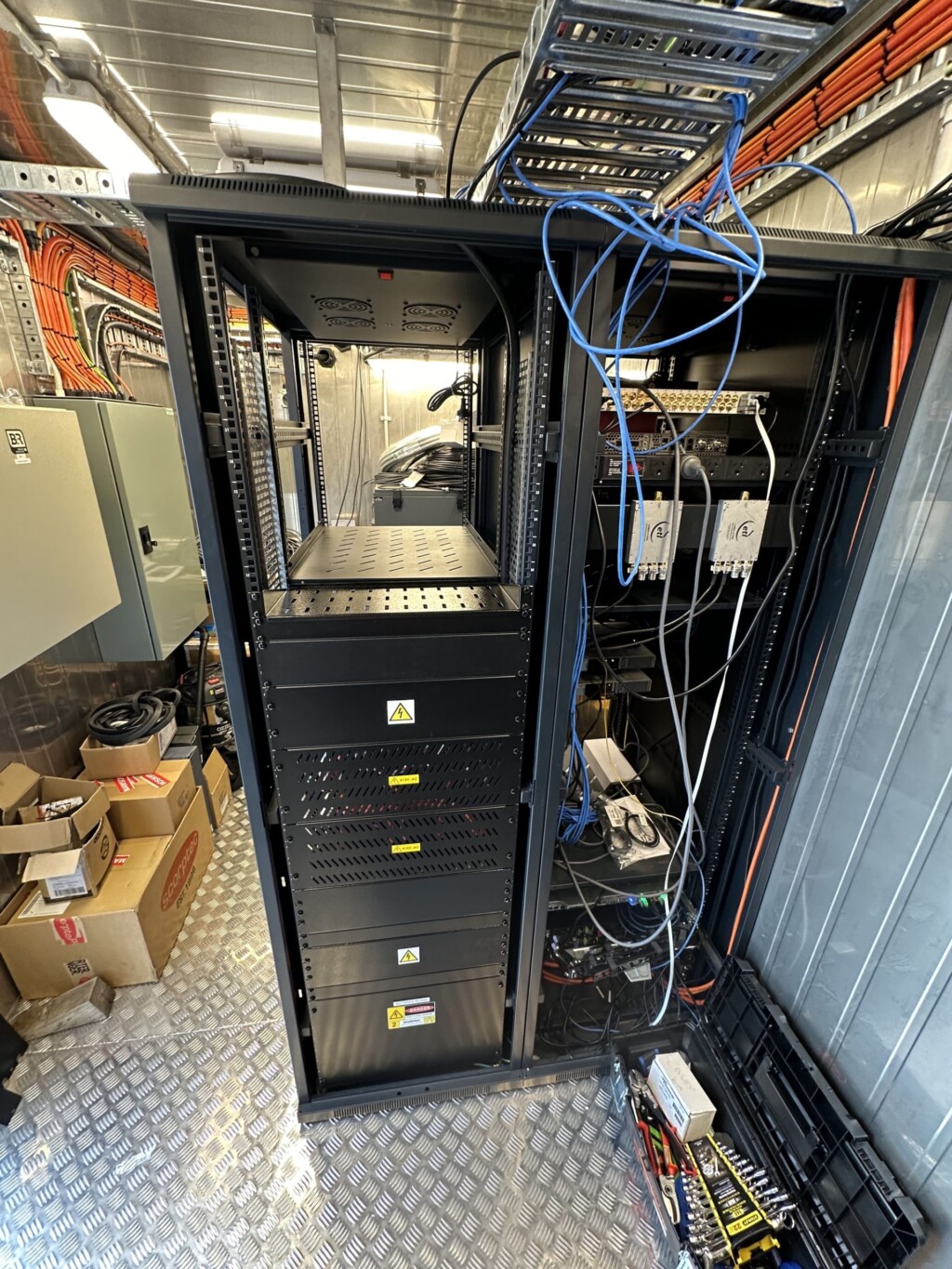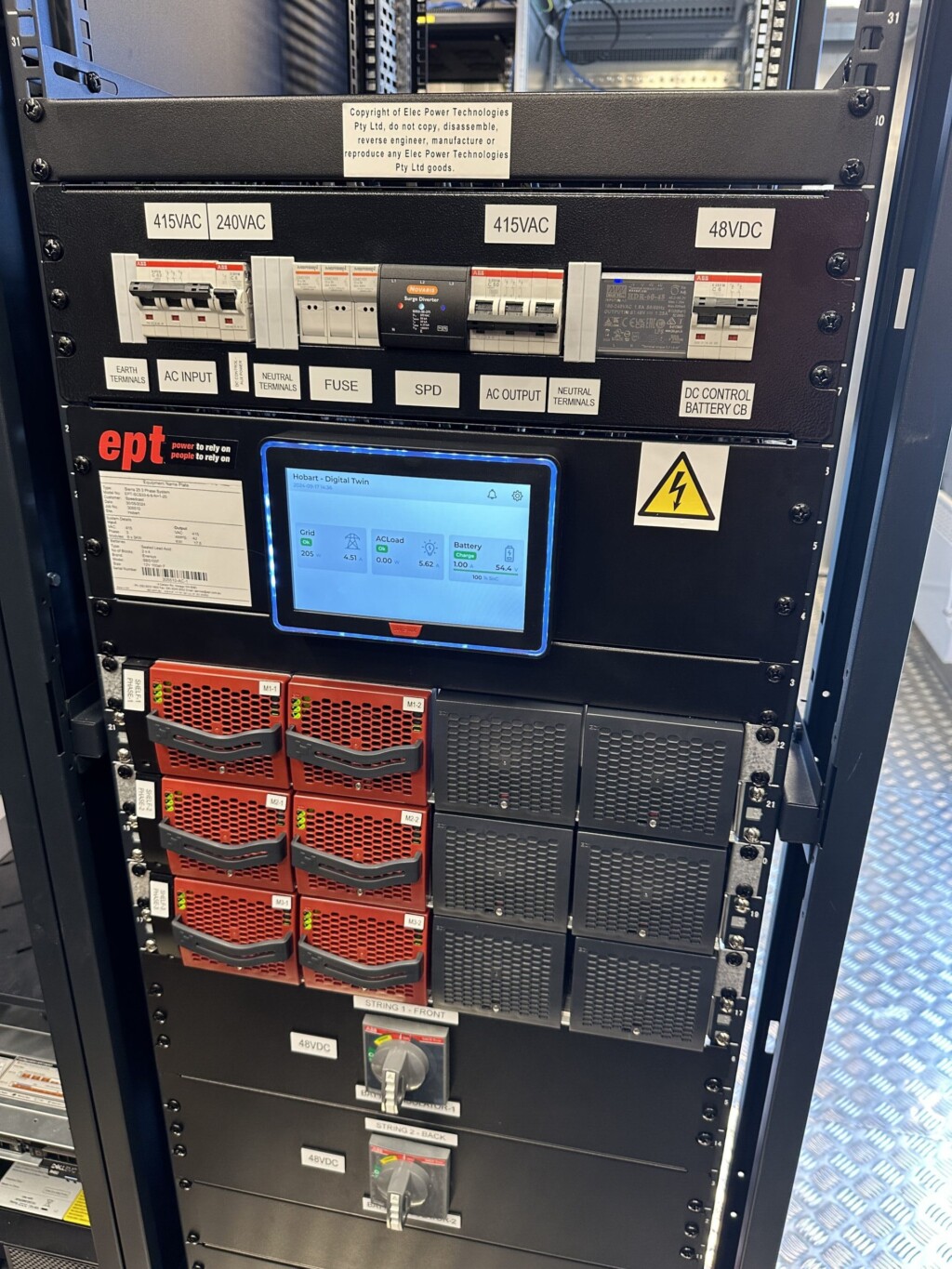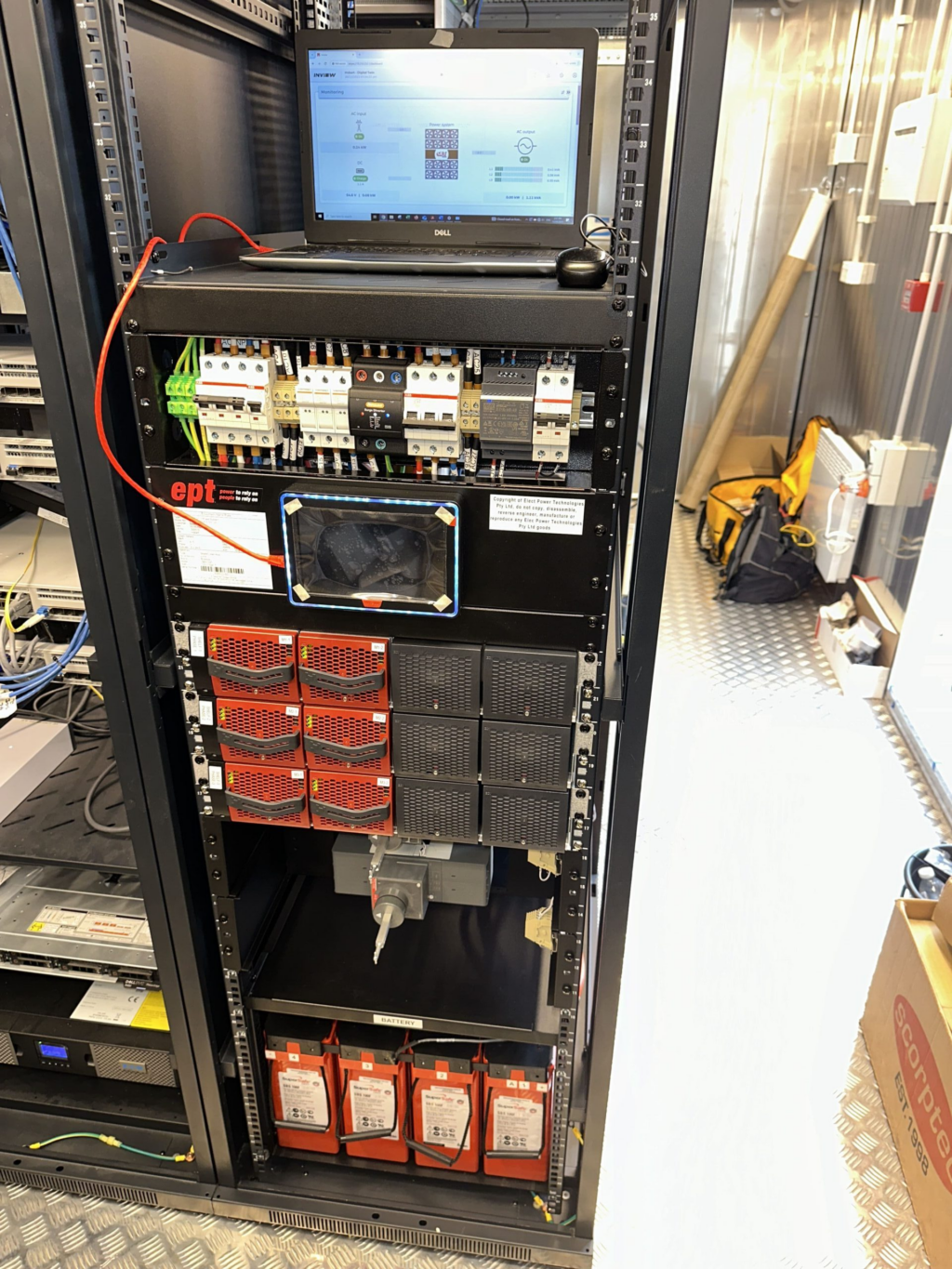Antarctica is one of the most extreme environments on the planet. With temperatures plummeting to below -80°C in winter, hurricane-force winds, and months of complete darkness, maintaining reliable power in such conditions is a formidable challenge. Yet, research stations, scientific equipment, and essential infrastructure all require a consistent and resilient energy supply to function.
Unlike other remote locations, failure is not an option in Antarctica, as the consequences could be life-threatening.
Energy Demands of Antarctic Operations
Antarctic research stations, whether seasonal or permanent, have extensive energy requirements. Power is needed for heating, lighting, communication systems, scientific research equipment, water desalination, and vehicle operation. With no traditional power grid, stations rely on locally generated power, which must be both robust and sustainable.
Diesel Generators: The Backbone of Antarctic Power
Historically, diesel generators have been the primary source of power in Antarctica. They offer a reliable and well-tested solution capable of running continuously in sub-zero temperatures. Diesel fuel is transported to research stations via icebreakers and aircraft, then stored in insulated tanks to prevent freezing. However, there are several challenges:
- Fuel Transportation: Getting fuel to Antarctica is costly and logistically complex. Harsh weather conditions and unpredictable ice movement can delay shipments, making fuel storage capacity a critical factor.
- Environmental Concerns: Burning diesel produces carbon emissions, contributing to climate change. Spills pose a serious environmental threat, as Antarctica’s fragile ecosystem is highly sensitive to contamination.
- Maintenance: Extreme cold affects machinery, causing fuel to thicken and increasing wear and tear on engines. Regular maintenance is essential, but spare parts and trained personnel are limited.
The Push for Renewable Energy
To reduce reliance on diesel and minimise environmental impact, research stations are increasingly adopting renewable energy sources.
Wind Power
Wind turbines have been deployed in several Antarctic locations to supplement diesel power. Antarctica’s strong and consistent winds make wind energy an attractive option. However, the extreme conditions create unique challenges:
- Ice Build-up: Accumulated ice can unbalance turbine blades, reducing efficiency and increasing the risk of mechanical failure.
- Storm Resistance: Wind speeds can exceed 300 km/h, putting immense stress on turbine structures.
- Maintenance Difficulties: Repairs in winter are nearly impossible, meaning turbines must be robust enough to endure months of harsh weather without servicing.
Solar Power
Solar panels are also being integrated into power systems at Antarctic research stations. During summer, when the sun is present 24 hours a day, solar energy can provide a significant portion of a station’s power needs. However, there are limitations:
- Winter Darkness: For several months of the year, there is no sunlight, making solar panels ineffective.
- Efficiency Loss in Cold Temperatures: Although solar panels perform better in cold conditions than in extreme heat, snow accumulation and frost can reduce their output.
- Battery Storage: Storing excess solar energy for use during the winter months requires high-capacity, durable batteries, which are expensive and require maintenance.
Hybrid Power Systems: A Balanced Approach



Given the limitations of any single energy source, many Antarctic stations are now using hybrid power systems that combine diesel generators with renewables. These integrated systems optimise efficiency while reducing emissions and reliance on fuel shipments. The combination of wind, solar, and diesel generators, paired with advanced battery storage solutions, creates a more sustainable and resilient power supply.
Innovations in Critical Power Solutions
As the demand for more efficient and environmentally friendly power solutions grows, companies specialising in critical power systems are developing cutting-edge technologies tailored for Antarctic conditions. These include:
- Advanced Microgrids: Smart energy distribution systems that optimise the use of multiple power sources to improve efficiency and reliability.
- High-Performance Batteries: New battery technologies that can operate effectively in extreme cold, reducing the need for constant generator use.
- Low-Emission Generators: Modern diesel generators with improved fuel efficiency and lower emissions to minimise environmental impact.
Case Study: Powering the Ends of the Earth

Companies like EPT (Electrical Power and Transmission) have played a vital role in delivering critical power solutions to remote Antarctic stations. Their expertise in designing and deploying power systems capable of withstanding the harshest conditions ensures that research operations can continue uninterrupted. By incorporating hybrid energy solutions and state-of-the-art technology, they are helping to create a more sustainable future for Antarctic exploration.
Future Prospects: What Lies Ahead?
As technology advances, new solutions are being explored to make Antarctic power generation even more sustainable. Some promising developments include:
- Hydrogen Fuel Cells: Clean energy sources that produce only water as a byproduct, potentially replacing diesel generators in the future.
- Geothermal Energy: Although largely unexplored in Antarctica, geothermal power could provide a renewable and constant energy source if viable locations are identified.
- Enhanced Energy Storage: Improvements in battery technology will allow for greater energy independence, reducing the need for fossil fuels.
Conclusion
Powering Antarctica presents unique challenges, requiring innovative solutions that balance reliability, efficiency, and environmental responsibility. While diesel generators remain essential, the integration of renewable energy sources and advanced power systems is helping to create a more sustainable and resilient energy infrastructure.





